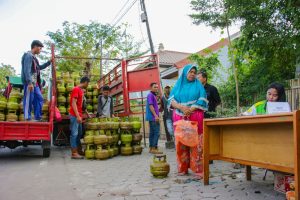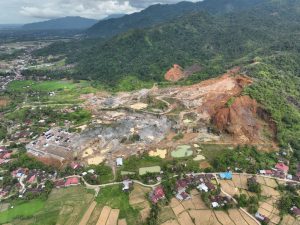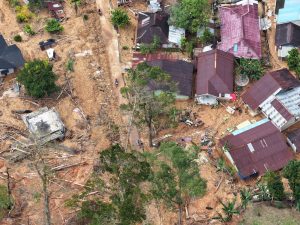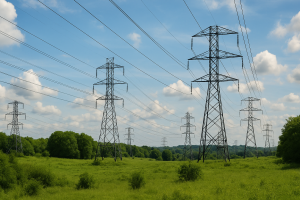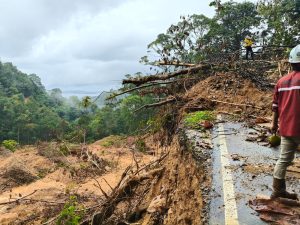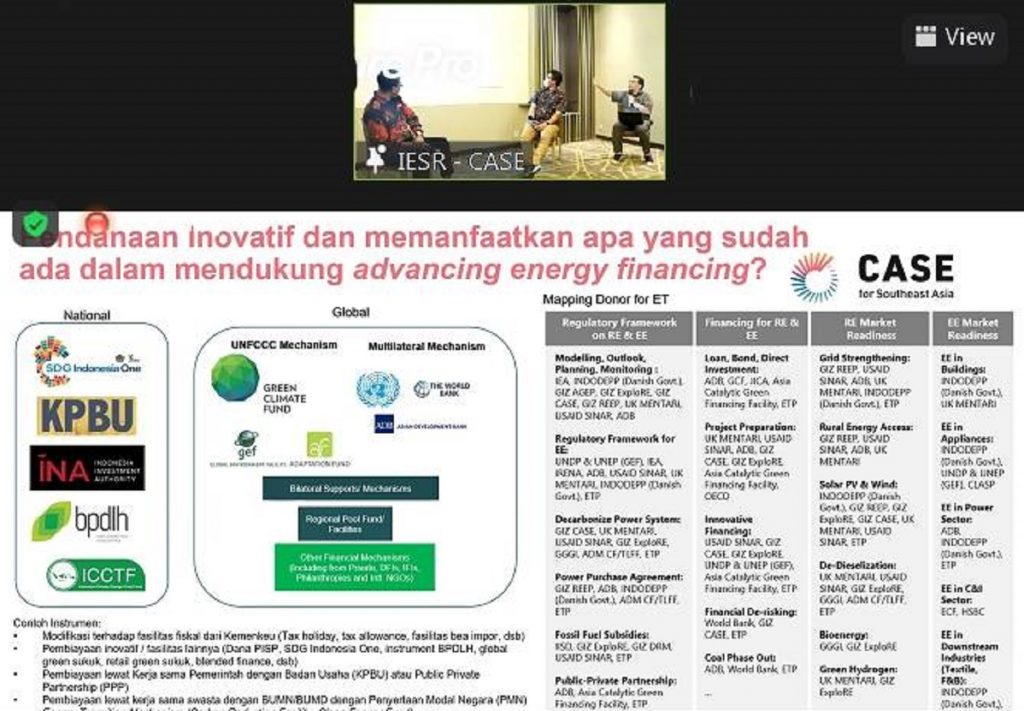
Jakarta – Access to new and renewable energy (NRE) is still low in the community, analysts say. CASE (Clean, Affordable, and Secure Energy for Southeast Asia), an alliance of donors and partner governments partnering with civil society organisations, identifies two types of instruments as relevant tools to address the problem in developing renewable energy: policy de-risking and financial de-risking instruments.
Although both have proven effective in many countries, a 2021 CASE-IESR study shows that currently Indonesia needs to prioritise policy de-risking instruments over financial de-risking instruments. The Indonesian government currently continues to accelerate NRE development to meet the target of 23% NRE in the national energy mix by 2025.
Project Manager CASE-IESR, Agus P Tampubolon said in a virtual media briefing CASE: Access, Technology, and Energy Transition Funding, Thursday (14/4), that people living outside urban areas that have no access to the state electricity company (PLN) or whose electricity supply is still in Tier-1 or Tier-2 in accordance with the World Bank’s multi-tier framework (MTF), who can benefit greatly from this rooftop solar (power generators).
He said that rooftop solar power still costs above IDR 10 million (USD 695) per kilowatt peak (kWp). At such a price, only people with large incomes can install it.
Deni Gumilang, Sustainable Energy Finance Advisor, Deputy Program Manager of GIZ Indonesia, explained that the priority of policy de-risking instruments is needed because the issues that are currently being faced more often are in the regulatory aspect. A better regulatory framework and a friendly business environment for renewable energy growth will create a solid foundation for funding mobilisation and financing mechanisms going forward.
These conditions can be met through the implementation of several policy de-risking instruments. These include increasing renewable energy targets and policies, especially in terms of clarity, consistency, credibility, and coherence. Then the reform of incentives and pricing policies, particularly pricing and subsidy policies that focus on renewable energy.
Then create an effective and efficient licensing and procurement process to provide investment security and certainty.
“And increase the feasibility and credibility of the project by facilitating research, project development, and capacity building,” said Gumilang.
Financing for renewables infrastructure
Financing for renewable energy infrastructure is an important factor in accelerating the energy transition in Indonesia. The simulation results carried out in 2021 show that the need for power plant investment (capital expenditure) in 2021 – 2060 is around USD 1,131 billion, in order to achieve the net zero emission target.
The Ministry of Energy and Mineral Resources conveyed that this year Indonesia needed a total of USD1.177 billion in investment to build an installed capacity of 587 GW from renewable energy by 2060. Of this amount, USD1,042 billion is needed for power generation and USD 135 billion for transmission systems.
“Various mechanisms of funding mobilisation and investment financing already exist in Indonesia. The trend shows that climate financing can be a source of funding that can support the energy transition process in Indonesia,” said Tampubolon.
Furthermore, he said, integration or modification of various existing instruments can also be a good modality in supporting the energy transition process in Indonesia. Then Indonesia needs to make efforts to immediately increase funding to support achieving the clean energy target, he said. (Hartatik)




